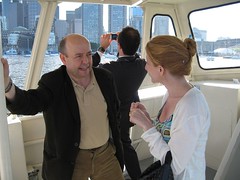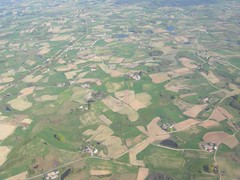cybersoc.com: nancy white talk 17 july (london)
Beth's Liveblogs from Games for Change
Anecdote, Conversation and Knowledge Stew
Synchronous Discussion in Online Courses: A Pedagogical Strategy for Taming the Chat Beast
Barry Wellman's Writings on Community
Thinking Through my Fingers
British Council Case Study on Wikis on the Intranet
Trendmap for "community of practice"
The Learning Retention Myth
Amplifying Lilia's hard work
Cultural Insights from Dina and Musings on Context
Google Fight - tags and search terms go head to head
CTC 2006: Lipnack and Stamps
CTC 2006: Collaborative Workspaces: Making the Transition
CTC2006: John Seely Brown on Tapping the Global Mind
CTC Mindmaps, Videos, Blogposts and Podcasts
CTC 2006: Generational Shifts
CTC 2006: Ken Thompson on Bioteaming
Beth's Blog: Nonprofits and Second Life and Other Games
NetSquared Roundtable on Online Community Facilitation
Linda Stone at the Collaborative Technologies Conference
GiGee's - Artful Living With Technology
Northwest Frequent Flyer Gripe
What is a blog? The 50 Second Answer
Chocomapping and Platial.com
Business Narrative and Blog/Squidoo Crossovers
On Hoarding and Knowledge Sharing
Open Peer Review of Scientific Articles
Thinking About "Virtual" Meetings
Remote conference session with Nancy White | NetSquared
Marshall Kirkpatrick Finds One on International Cultures of Collaboration
Monitoring and Evaluation NEWS
Human Beings Are Wonderful
Nicole's Gift of Reboot Podcasts
Chris Bliss - The man has the right last name
Drupal Camp Seattle Agenda
Bra Camp and working too hard to blog
My Blog Entry for the Young Caucasus Project
Knowledge Sharing as if Life Depended on it.
Note the Title of this Picture







-741394.jpeg)






